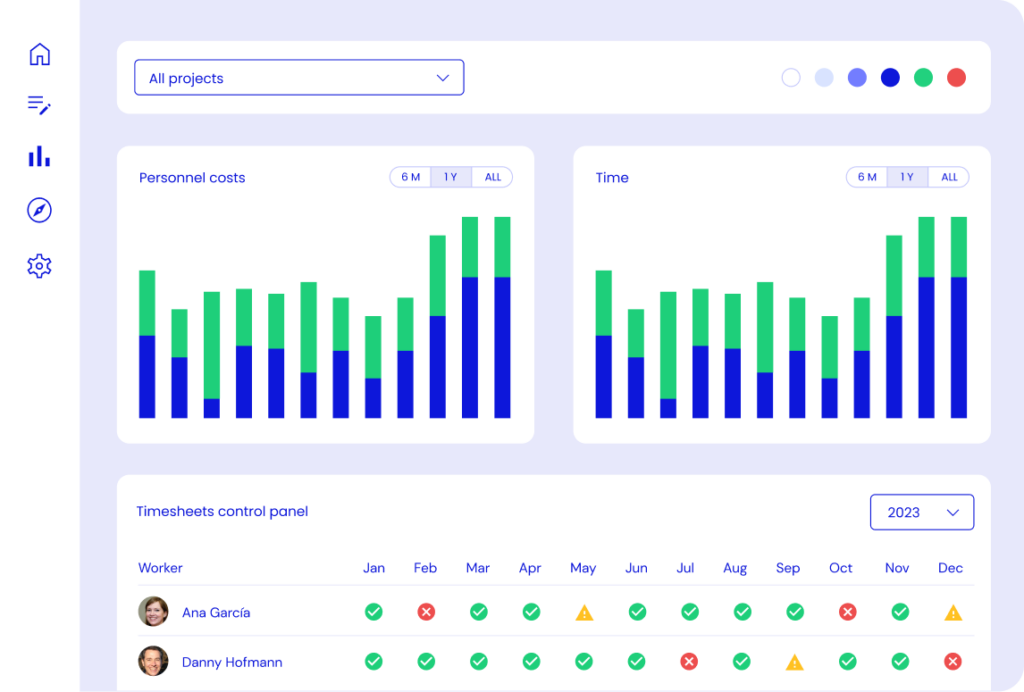Navigating the financial framework of EU R&D funding can be challenging. One of the most important choices for any applicant is selecting between Lump Sum and Actual Costs reimbursement methods.
But what are the key differences? And how do you know which is better for your project?
Let’s explore both schemes in detail to help you make an informed decision and avoid costly administrative pitfalls.
What Are Actual Costs?
Actual Costs are the traditional funding method used in Horizon Europe and previous EU programmes.
Key Features:
- Based on real expenses actually incurred.
- Requires detailed documentation and reporting.
- Must follow specific eligibility rules, including being:
- Incurred during the project duration.
- Identifiable and verifiable in the beneficiary’s accounts.
- Necessary for project implementation.
For example, costs must be linked to the action, reasonable, and in compliance with national laws on taxes and social security.
Pros:
- Reflects real financial effort and resources.
- Flexibility in cost allocation across budget categories.
Cons:
- High administrative burden.
- Prone to errors in cost reporting.
- Increased audit risk, especially for SMEs or newcomers.
What Are Lump Sum Grants?
Lump Sum funding, introduced in Horizon Europe, simplifies the process by reimbursing beneficiaries with a fixed amount per task or work package—regardless of the actual expenses.
Key Features:
- Based on pre-defined deliverables and milestones.
- No financial reporting on actual costs.
- Payments made if work is completed as planned.
All that matters is whether you achieved the outputs described in Annex 1 of the grant agreement.
Pros:
- Simplified reporting: no need to track individual costs.
- Reduces audit pressure.
- Enhances predictability of funding.
Cons:
- Requires precise planning at proposal stage.
- No reimbursement if tasks are not completed.
- Difficult to adjust for unexpected changes in project costs.
What Are the Main Differences?
Here’s a quick breakdown:
| Feature | Actual Costs | Lump Sum |
|---|---|---|
| Basis for funding | Real, documented expenses | Pre-agreed fixed amount |
| Reporting required | Detailed financial statements | Output-based verification |
| Risk of ineligible costs | High | Low |
| Flexibility | Higher during implementation | Lower – fixed once approved |
| Administrative burden | High | Low |
When Should You Choose Lump Sum?
Lump Sum might be a better fit if:
- You’re running smaller projects with well-defined outcomes.
- You want to reduce bureaucracy and audit risk.
- Your team has limited administrative capacity.
- You can precisely plan deliverables and workloads.
It is especially attractive for SMEs and first-time applicants, who often struggle with the strict financial reporting required under the Actual Costs model.
When Is Actual Costs Better?
Consider staying with Actual Costs if:
- Your project is large or complex, with evolving needs.
- You have a strong administrative team.
- Flexibility in cost allocation is important.
- You need to track expenditures closely for internal governance.
In this model, you can also adapt your budget to real-time needs—as long as you stay within eligible cost categories and principles of sound financial management.
What About Risk?
A key concern for many applicants is the risk of ineligible costs. Under the Actual Costs model, any mistake in financial reporting can lead to cost rejection, and even reimbursement demands from the EU.
With Lump Sum, this risk is minimized. Once your work package is approved, the EU does not question how the money was spent—as long as the work is delivered.
That said, failure to deliver the promised results can mean no payment at all, which is a different kind of risk.
How Should You Decide?
Here are a few guiding questions:
- Do you have robust accounting systems?
- Are you experienced with EU financial rules?
- Can you confidently deliver tasks on time and as planned?
- Is administrative simplicity a top priority?
Answering these will help you align the funding model with your operational strengths.
Choose What Minimizes Risk and Maximizes Delivery
For many, especially smaller organizations or those new to Horizon Europe, Lump Sum grants offer a much-needed relief from financial reporting complexity. However, Actual Costs remain a viable option for organizations that need flexibility and have the resources to manage detailed audits.
📌 Kronis.app helps you avoid administrative mistakes that could cost your organization thousands. Whether you choose Lump Sum or Actual Costs, our platform ensures your R&D funding is well-managed, compliant, and optimized.

